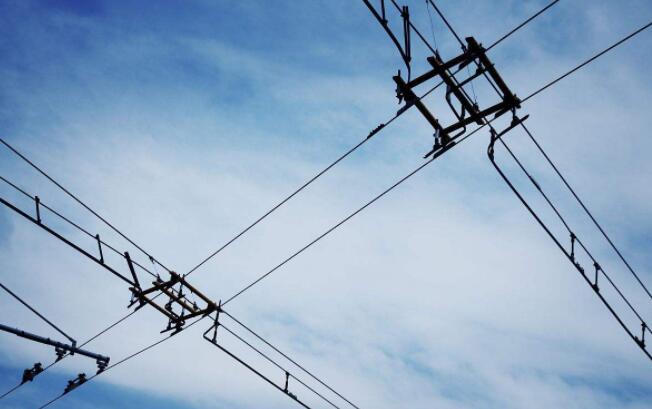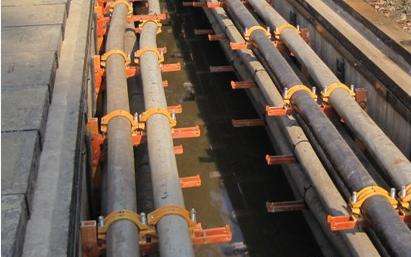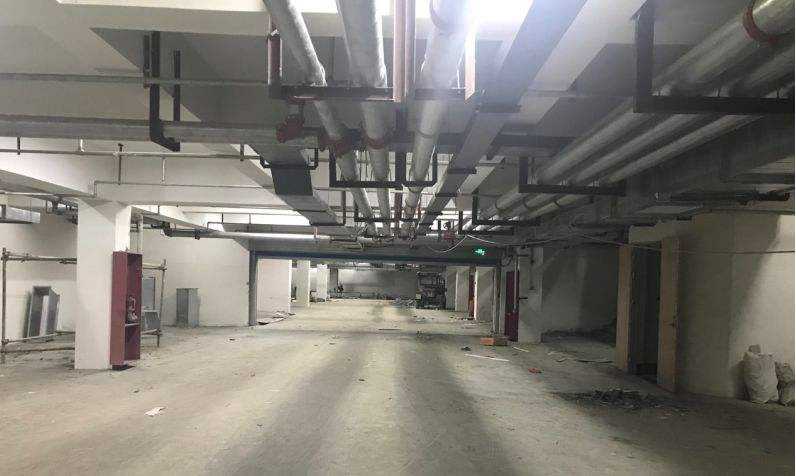Under different environmental conditions, outdoor cables can be laid in a variety of ways, such as pipe, direct burial, overhead, and so on. Outdoor weak electric cable laying method Daquan.

The laying of outdoor cables should meet the following conditions:
The bending radius of the cable is greater than 15 times of the diameter; the power cable should be separated from the signal and control wires; the outdoor equipment should be connected to the cable, because the wiring is connected from the lower part of the equipment; the cable is selected according to the required length of each segment to avoid cable connection, such as In such cases, connectors should be used; the wiring should be bypassed to easily damage the cable, so as to reduce the intersection with other pipelines; the wiring should follow the principle of short straight, safe and reliable, and easy to repair.
Outdoor weak electric cable laying method
Pipe laying
The cable loop should be cleaned first, and a galvanized iron wire should be preset in the pipe hole. Before the pipe is put, apply talcum powder on the cable, and cover a layer of lead between the pipe and the cable. The inlet pipe hole cable should be kept. Straightening, protection measures such as moisture, corrosion and rat protection should be done when laying.

2. Direct buried cable
Straight buried cables are usually laid under the frozen soil layer and should be deeper than 0.8m. The location near the cable is covered with sand or soft soil with a thickness greater than 0.1 m, and a layer of masonry is added to it. Steel pipe protection shall be adopted when passing through the road section of the vehicle. It is recommended to use an armored cable for direct burial. At the corner, the cable should be marked on the ground.

3. Overhead wiring
When there are overhead conditions around, it can be laid on the same pole overhead. The distance between the power line and the power line should not be less than 1.5m, the distance between the broadcast lines should be no less than 1m, and the distance between the communication lines should not be less than 0.6m. When laying overhead cables, it is necessary to consider the range of tensile strength of the coaxial cable, and use the wire rope to lift the coaxial cable to slow down the pulling force. The outdoor poles are usually buried at a distance of 40m, with a pole length of 6m and a depth of 1m. When the outdoor cable enters the household, the pre-buried steel pipe needs to be protected from rain. To install an overhead cable, fix the cable suspension wire on the cable pole, and then secure the cable clamp to the suspension wire with a cable hook.